
Wondering if it’s even possible? It is, thanks to hydroponics.
Hydroponics is a plant growing without soil. Don't worry, it's super easy!
I'll show you exactly how to set up your own hydroponic garden, step-by-step. Doesn't matter if you have a tiny countertop or a huge balcony, this guide will get you growing fresh, delicious basil that'll change your cooking game. Trust me, way better than store-bought and totally worth a try!
Why Grow Basil Hydroponically? Advantages Beyond Soil

Don't get me wrong, traditional soil gardening is pretty darn awesome. But listen up if you want your basil game to reach epic levels. Here's why hydroponics might just be your new best friend:
Faster than a speeding seed: Basil goes from sprout to superstar in record time with hydroponics. We're talking weeks faster than those sad little soil-bound guys. Why? Because the nutrients go straight to the roots.
Seasons who? Forget about frostbite or scorching heat ruining your basil dreams. Hydroponics lets you be the weather master, cultivating that fresh, fragrant herb all year round.
No Water Issues: Let's be honest, remembering to water can be a pain. Hydroponic systems save you from that by using way less water than traditional methods. It's a win-win for you (less watering!) and the environment (happy planet!).
The Perfect Herb: Why Basil Thrives in a Hydroponics System
Basil isn't just delicious, it's like the ultimate hydroponic champion! Here's why:
Speed demon: Remember how we talked about hydroponics making things grow faster? Well, basil takes it to the next level. You'll be snipping those fragrant leaves for your next culinary masterpiece in no time - weeks faster than if you planted it in dirt.
Indoor hydroponic garden: Unlike some fussy plants, basil is super adaptable. It thrives in the controlled environment of a hydroponic system, making it perfect for those of us who don't have a sprawling backyard.
Choosing Your Hydroponic System: A Multitude of Options

Alright, so you're down with hydroponics and pumped about growing basil. Now comes the fun part: picking your hydroponic system!
Wick System:
Remember that childhood experiment with a paper towel and a glass of water? The wick system is basically the grown-up version. A wicking material pulls nutrient solution from a reservoir up into a container with your grow medium. It's super simple, perfect for beginners or anyone wanting a low-maintenance hydroponic garden, especially indoors.
Deep Water Culture (DWC):
New to growing stuff? The DWS system is perfect for you. Start with basil in a bucket! Just grab a bucket, water, plant food, and your basil plant. Don't forget an air pump to keep the roots happy. Perfect for small spaces and a few yummy basil leaves!
Kratky Method:
I call this the passive method because you don’t need much to kickstart this system. Simply get some net pots, and introduce an ideal medium for growth. Make sure the plant’s roots are partially exposed, while the lower end of the roots stay deep within the water reservoir.
There’s no need to install a water or an air pump here. Everything happens on its own in this system - hence “the passive system”. This hydroponic system asks for little to no maintenance. However, you can grow only a few Basils from this method.
Nutrient Film Technique (NFT):
The NFT system involves growing Basil on a shallow channel - let’s say a super chill water slide! We take baby plants and put them in shallow trays tilted slightly like a ramp.
Then, a thin layer of nutrient-rich water constantly flows through these trays, keeping the roots happy and fed. This water then drains back to a big tank, kind of like a pool at the bottom of the slide, where it gets refreshed and ready for another trip around.
This is how the plants get the perfect amount of water and nutrients without any crazy ups and downs. This system is best for a larger indoor garden system where you want to grow a bunch of Basils at once.
Ebb and Flow (Flood and Drain):
This system is like a mini-wave pool for your basil! It periodically floods the growing medium with nutrients, then drains it away, mimicking natural growing conditions. Ebb and flow is a versatile option for both indoor and outdoor hydroponic gardens, adapting to your space and climate.
Drip System:
a targeted watering system. It delivers just the right amount of nutrient solution directly to the base of each basil plant. This is ideal for indoor hydroponic garden growers who want ultimate control and space optimization. Every drop counts!
Aeroponics:
It involves misting bare roots with a super-oxygenated nutrient solution for crazy fast growth. It's complex and requires precise control, so best left to experienced growers, typically indoors due to the need for a controlled environment.
Choosing the Right System:
The optimal system for you depends on several factors:
- Skill Level: Beginners might find DWC, Kratky Method, or Wick System easier to manage in their hydroponic garden.
- Budget: Systems vary in complexity and cost, impacting the initial investment required for your hydroponic garden. Wick systems and Kratky methods are among the most affordable options, while NFT and aeroponics systems tend to be pricier due to their complex designs.
- Space Constraints: Some hydroponic systems require more space than others. Consider the footprint of the system within your indoor hydroponic garden or designated outdoor hydroponic space.
Flood and drain systems can be bulky, while vertical NFT systems maximize production in a smaller area. Wick systems are another space-saving choice due to their relatively simple design.
- Desired Level of Automation: Do you prefer a hands-on approach, or a more automated hydroponic system? Some systems, like NFT and ebb and flow, require timers and pumps for operation. Wick systems and Kratky methods are passive systems that demand minimal intervention, ideal for those seeking a low-maintenance hydroponic garden.
Essential Equipment for Your Hydroponic Garden of Basil
Alright, so you've picked your hydroponic system. Now it's time to assemble the rest of your gear! The exact tools might differ depending on your chosen system, but here's a breakdown of the essentials to get your hydroponic garden of Basil up and running:
General Hydroponic Supplies:
Grow Containers:
These are like your basil's personal apartments. They come in all shapes and sizes, depending on your system. You’ll need net pots for DWC, channels for NFT, or grow bags for ebb and flow.
Grow Medium (Optional for some systems):
Not all hydroponics need soil replacements, but if yours does, grab some sterile and well-draining options like rockwool, perlite, or coco coir.
pH Meter and Calibration Solution:
Happy basil needs a specific "pH level" in its nutrient solution, kind of like a comfort zone for growth. A pH meter lets you check this and adjust it if needed, and calibration solution keeps your meter accurate.
Nutrient Reservoir:
This is basically the water cooler for your basil hydroponic system. The size depends on your system and how many basils you plan to have.
Nutrients:
And of course, you’ll need to introduce nutrients for your basil to grow healthily.
pH Meter and Calibration Solution:
Happy basil needs a specific "pH level" in its nutrient solution, kind of like a comfort zone for growth. A pH meter lets you check this and adjust it if needed, and calibration solution keeps your meter accurate.
Nutrient Reservoir:
This is basically the water cooler for your basil hydroponic system. The size depends on your system and how many basils you plan to have.
Nutrients:
And of course, you’ll need to add nutrients for your basil to grow healthily.
System-Specific Equipment:
Deep Water Culture (DWC):
This one's wild! Your basil roots basically chill in a bubbly jacuzzi, thanks to a special pump and stones. Spoiled little things, these basil plants!
Nutrient Film Technique (NFT):
Imagine a tiny river constantly flowing past your basil. That's what this system does, keeping a steady stream of nutrients going for happy, healthy growth.
Ebb and Flow (Flood and Drain):
Forget watering cans! This thing works like a fancy tide pool. It floods the roots with nutrients, then lets it drain, mimicking rain. Pretty cool, right?
Drip System:
This is basically a personal watering system for each plant. Tiny drippers deliver just the right amount of nutrients, so you don't have to mess with anything.
Aeroponics:
This is the most advanced setup. It relies on a complex setup with pumps, timers, and specialized nozzles to mist the bare roots with nutrient solution.
Growing Basil Hydroponically: Picking Seeds & Starting Strong
To grow awesome hydroponic basil, start with good seeds and help them sprout. Here's how to choose seeds and create the perfect environment for them to grow.
Picking the Perfect Seeds
Basil comes in many flavors and sizes! Think about:
- Taste: Sweet Genovese? Zesty Lemon? Pick what you love!
- Size: Small plants for small gardens, big plants for big gardens!
- Disease resistance: New to this? Choose seeds that fight off disease.
Where to Find Seeds
- Hydroponic stores: Seeds perfect for hydroponics!
- Online stores: Lots of choices to compare prices and find your favorite.
- Seed catalogs: Descriptions of each type of basil to help you pick.
Fresh vs. Saved Seeds
Don't use seeds from your own basil plants. They might not grow well and could be sick. Buy fresh, high-quality seeds instead.
Germination Preparation: Choosing Your Germination Medium
What you need:
Shallow Trays: These trays with their little sections are ideal, kind of like a tiny apartment complex for seeds.
Growing medium: As for the suitable medium, you've got options! Rockwool cubes, coco coir plugs – fancy names for little growing sponges basically. If you're feeling frugal, damp paper towels work in a pinch too.
The Germination Process: The key is to get things moist, but not soaking wet. Think of a dishcloth that you've just squeezed out. That's the perfect amount of dampness.
If you’re using special rockwool cubes or coco air plugs, soak them in water for a while, then give them a good squish to get rid of extra water. They shouldn't be dripping.
For paper towels, don't soak them, just spray them with a little water until they feel damp all the way through.
Putting the seeds: Now, Gently place one seed in each little spot. Give them a light press to make sure they feel cozy.
Make Preparations for Humidity: Cloche over your seed tray. To do this, take a clear plastic dome or a tray with a clear cover will trap moisture in the air, keeping your seeds happy. Don't forget to leave some air holes though, or things could get a little moldy in there.
Provide Light and Warmth: Your job is to keep your basil seeds happy by keeping them warm. These little guys love warmth. Ensure the environment has 70 to 77 degrees Fahrenheit temperature, like a sunny spring day. And since spring days can be short, give them some extra light with grow lights if natural light isn't cutting it. Sixteen hours a day is what they crave!
Wait it Out: Then comes the waiting game. Germination usually takes about a week, so be patient! Remember, your job is to keep the surrounding warm and moist.
As soon as you witness those sprouts, move it to the hydroponic system. We'll talk about that next - getting those babies all grown up and ready to bless your kitchen with fresh basil! Isn't that exciting?



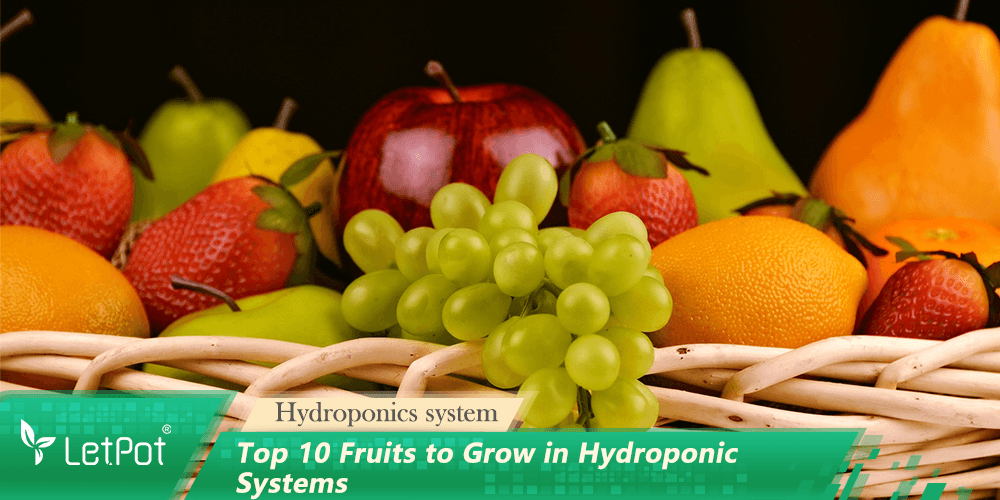

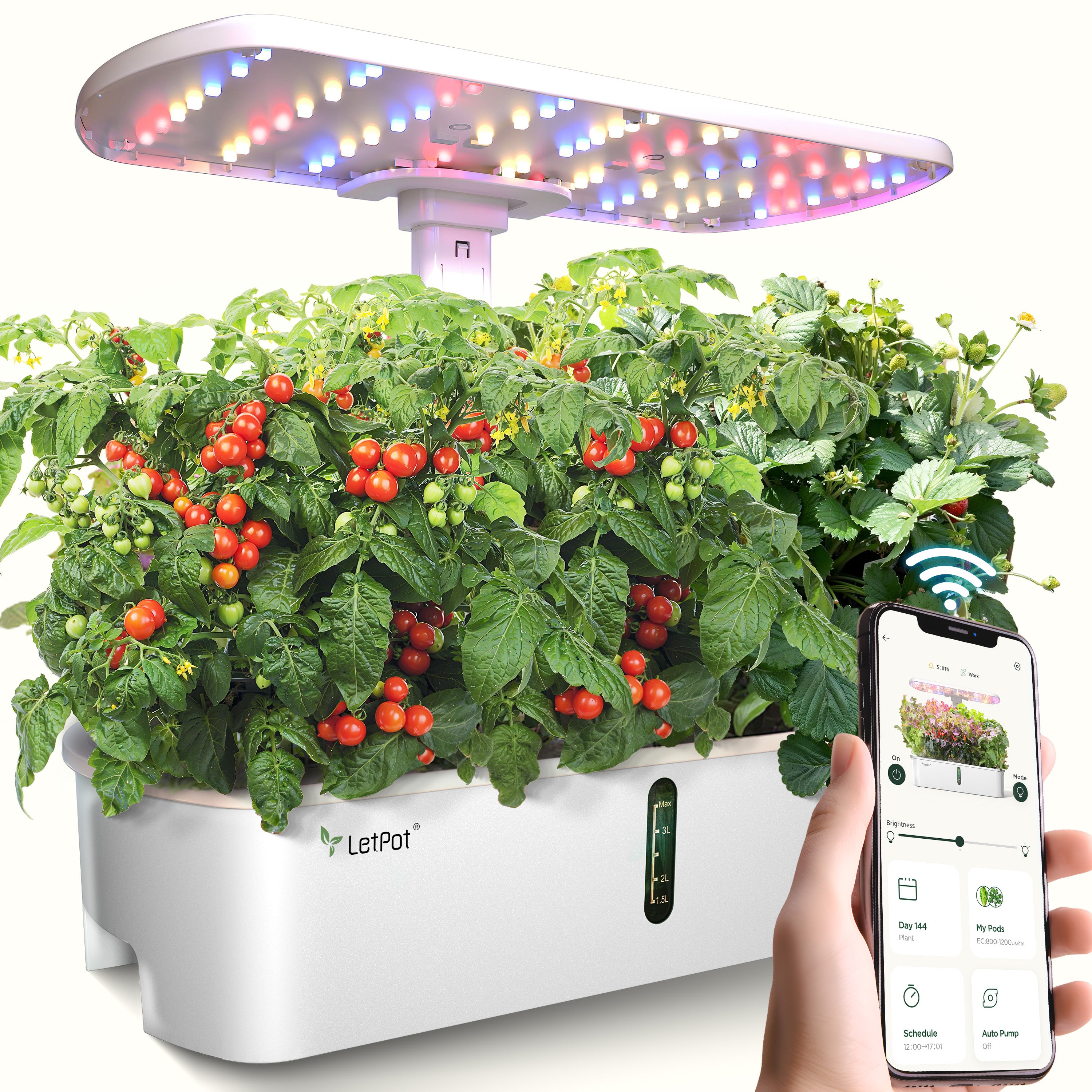
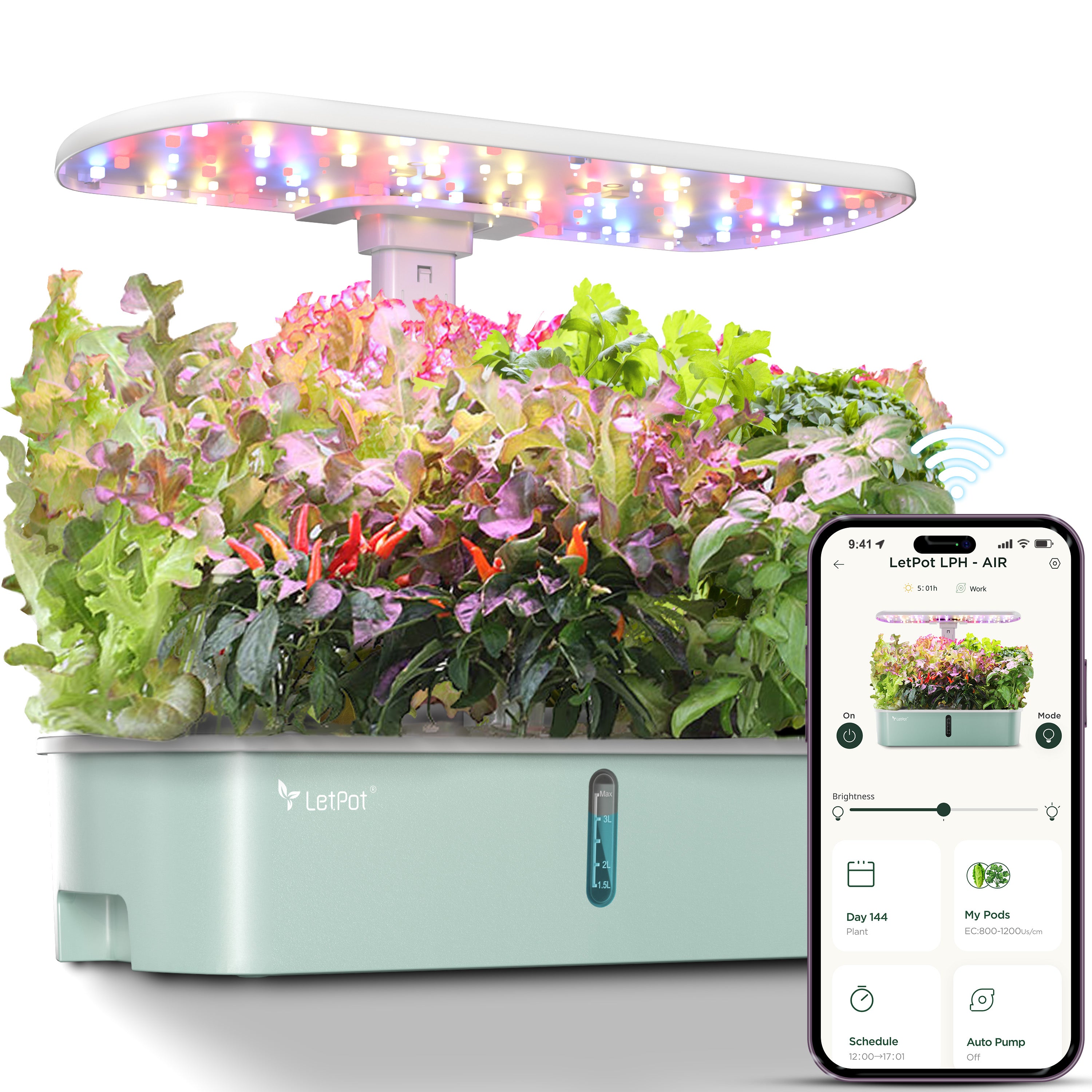
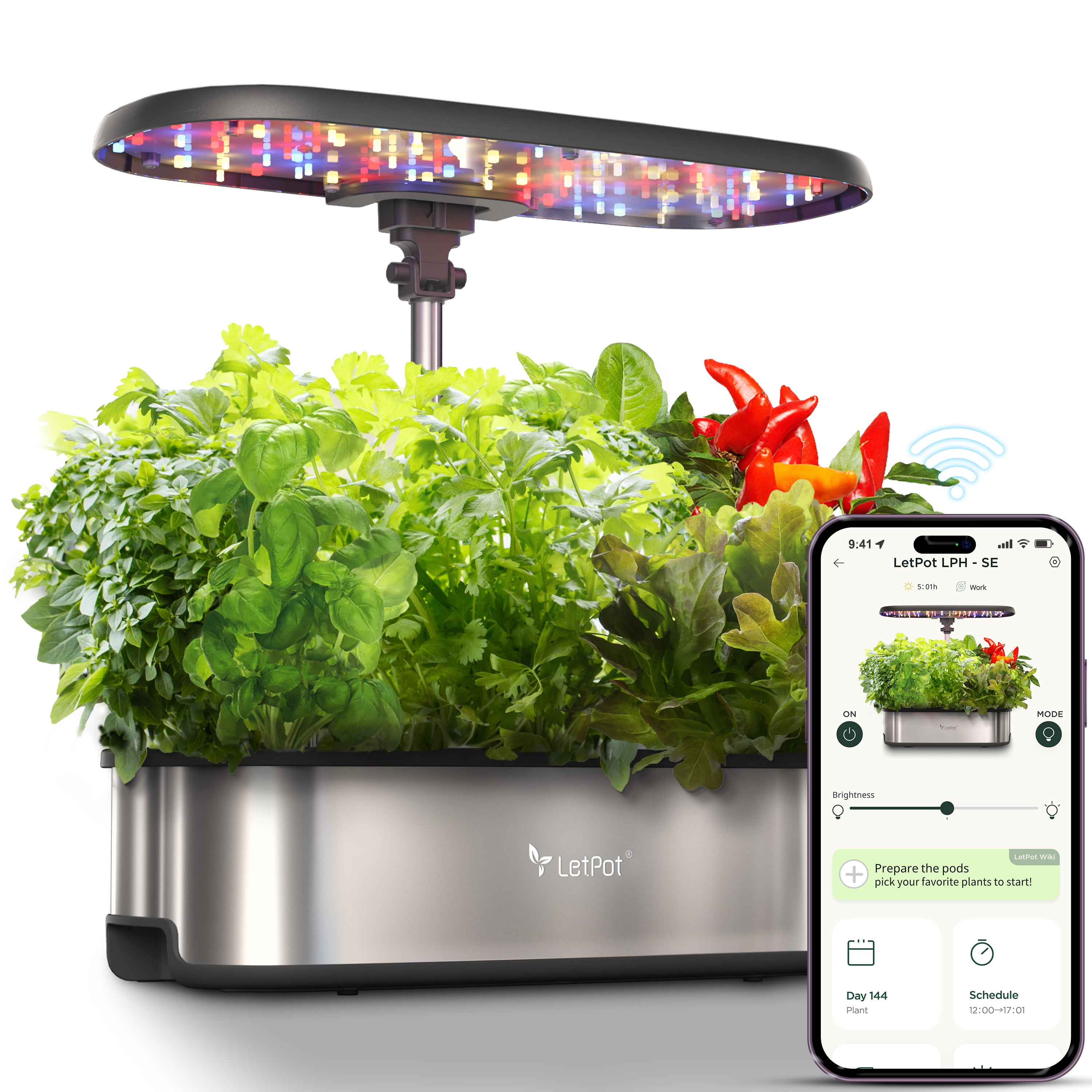
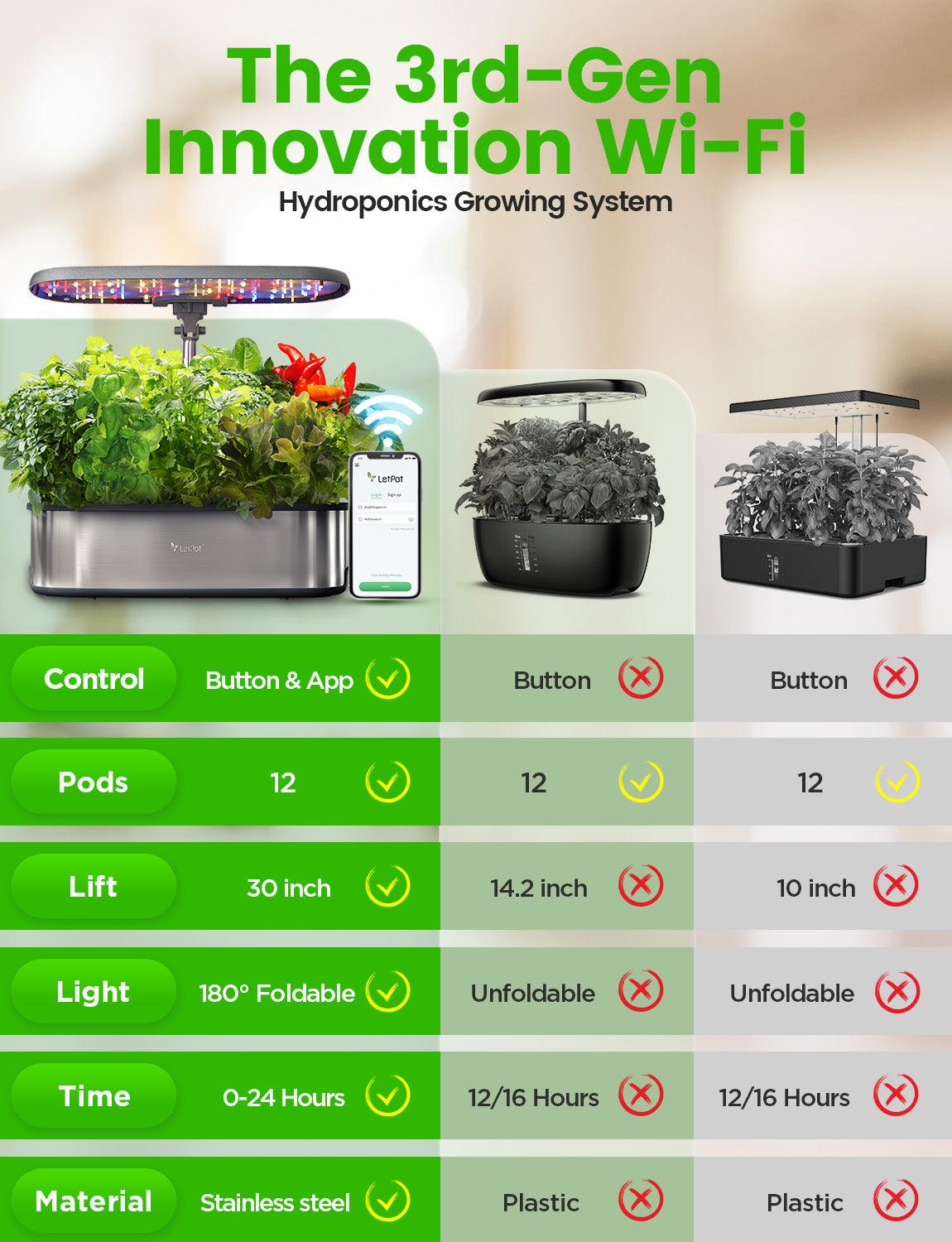
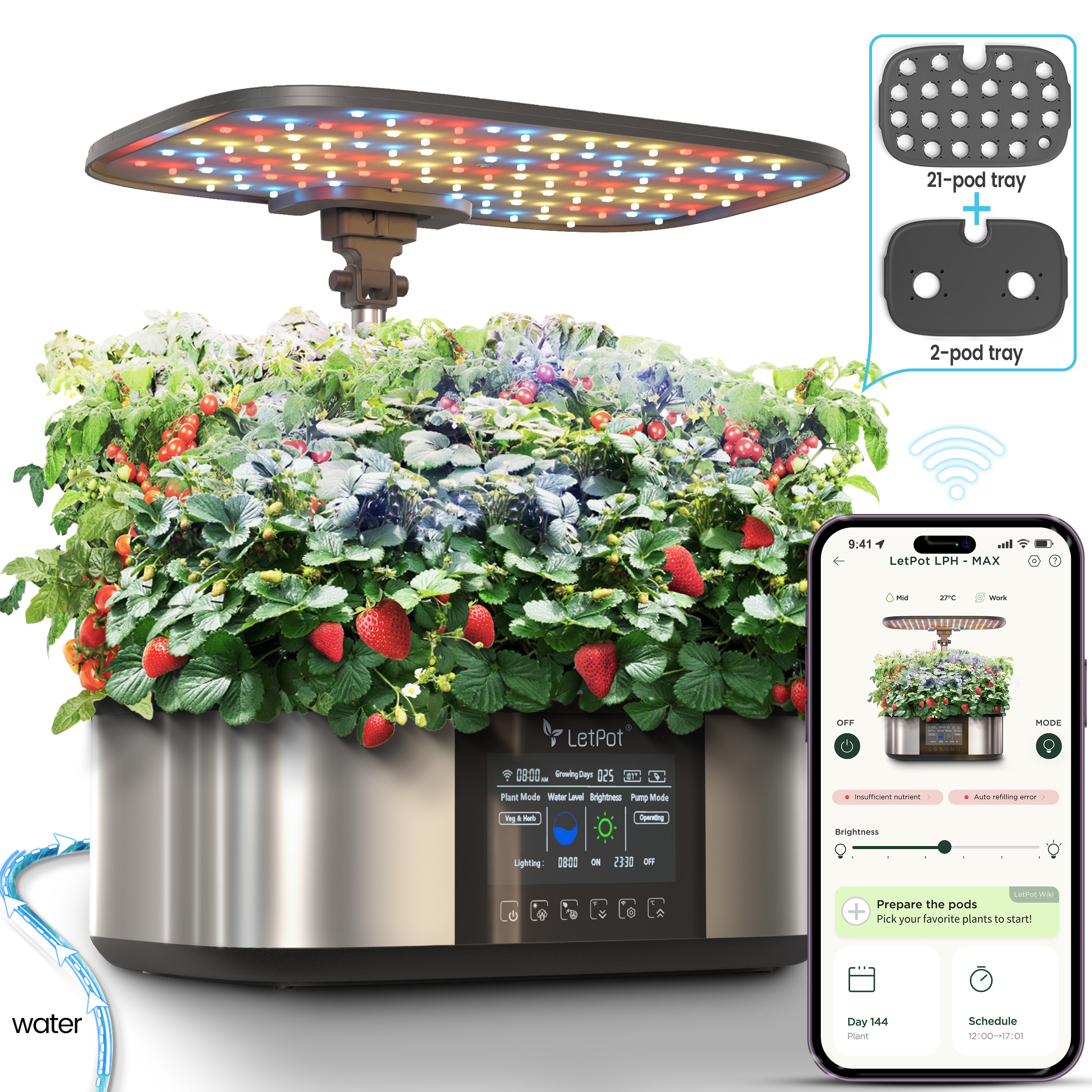
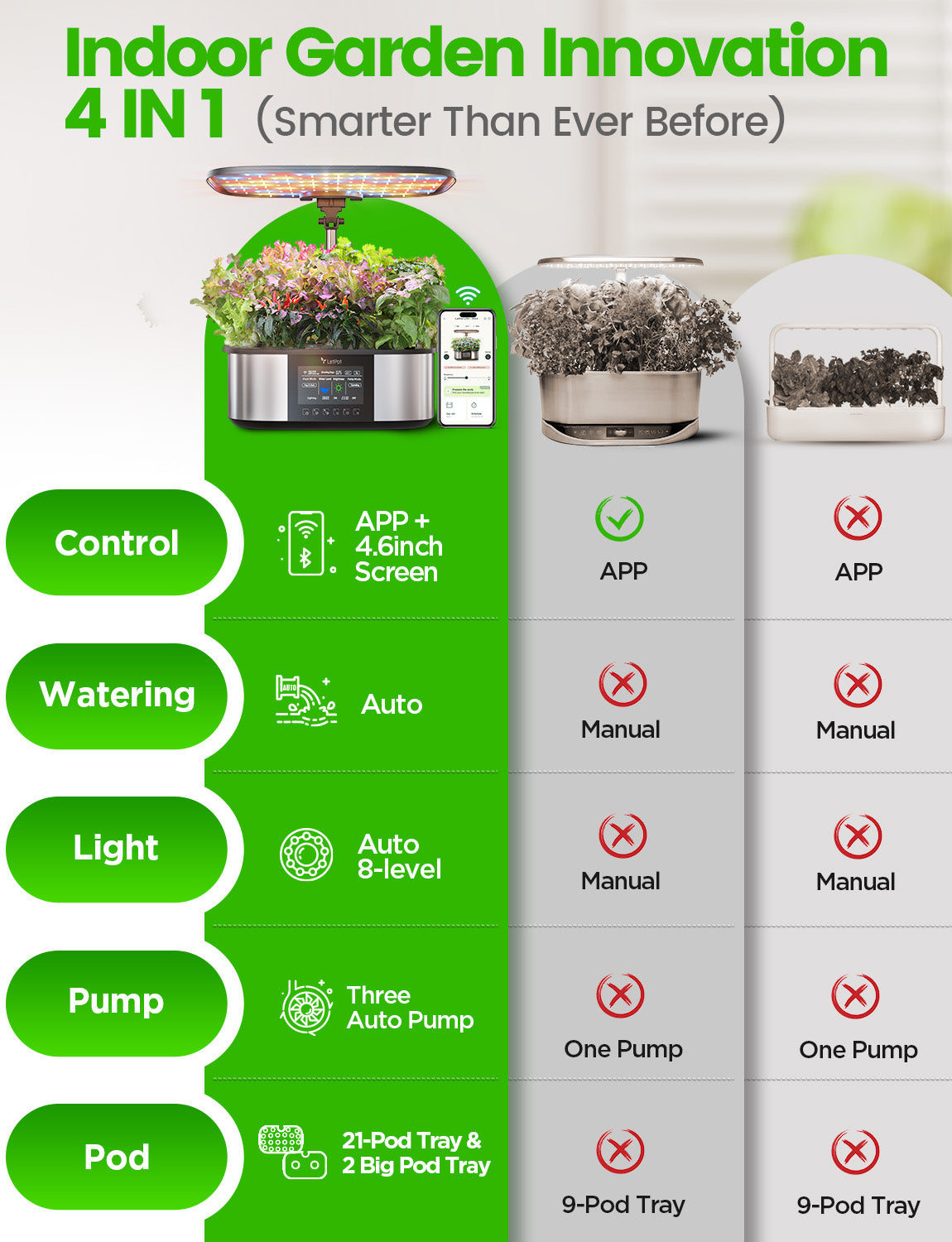
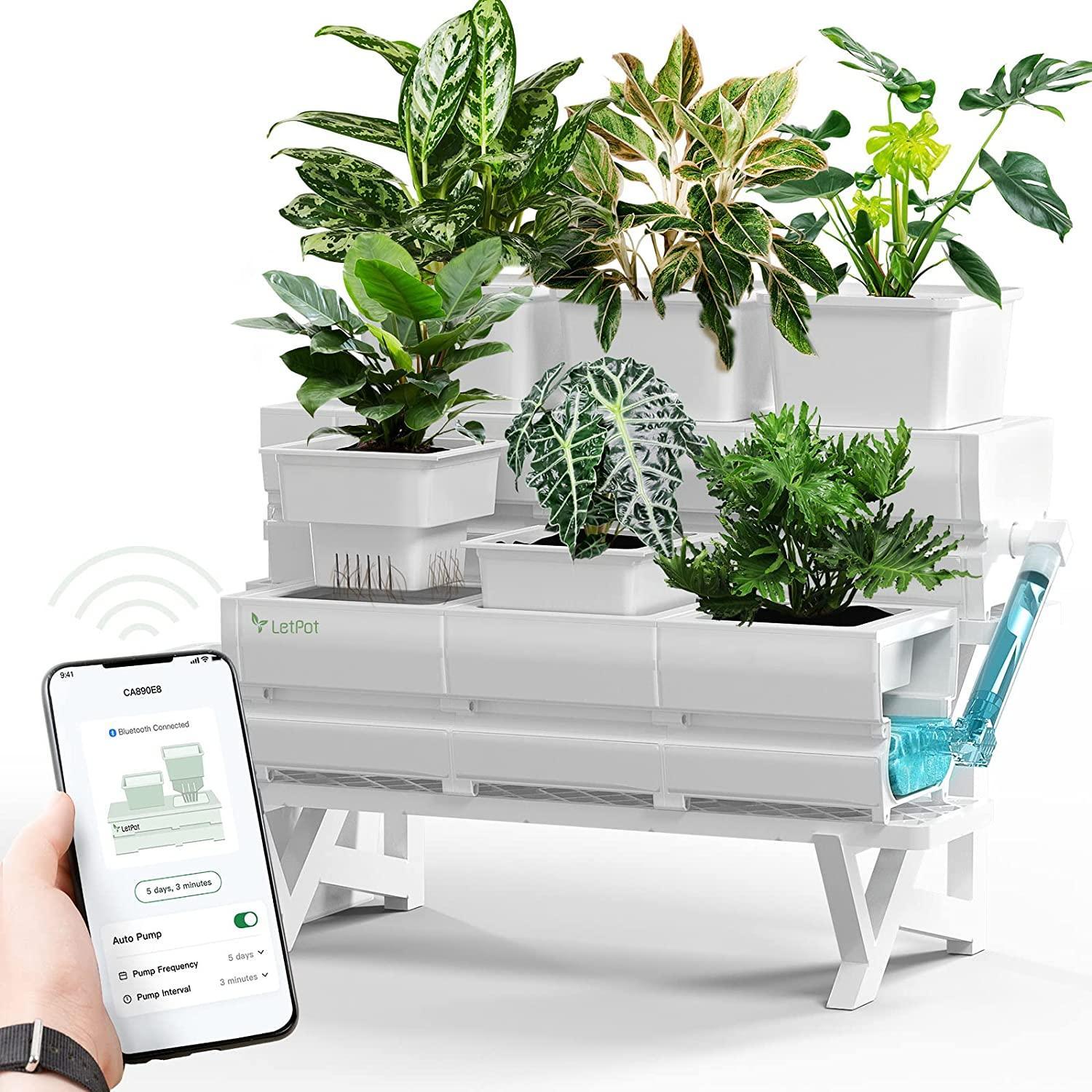
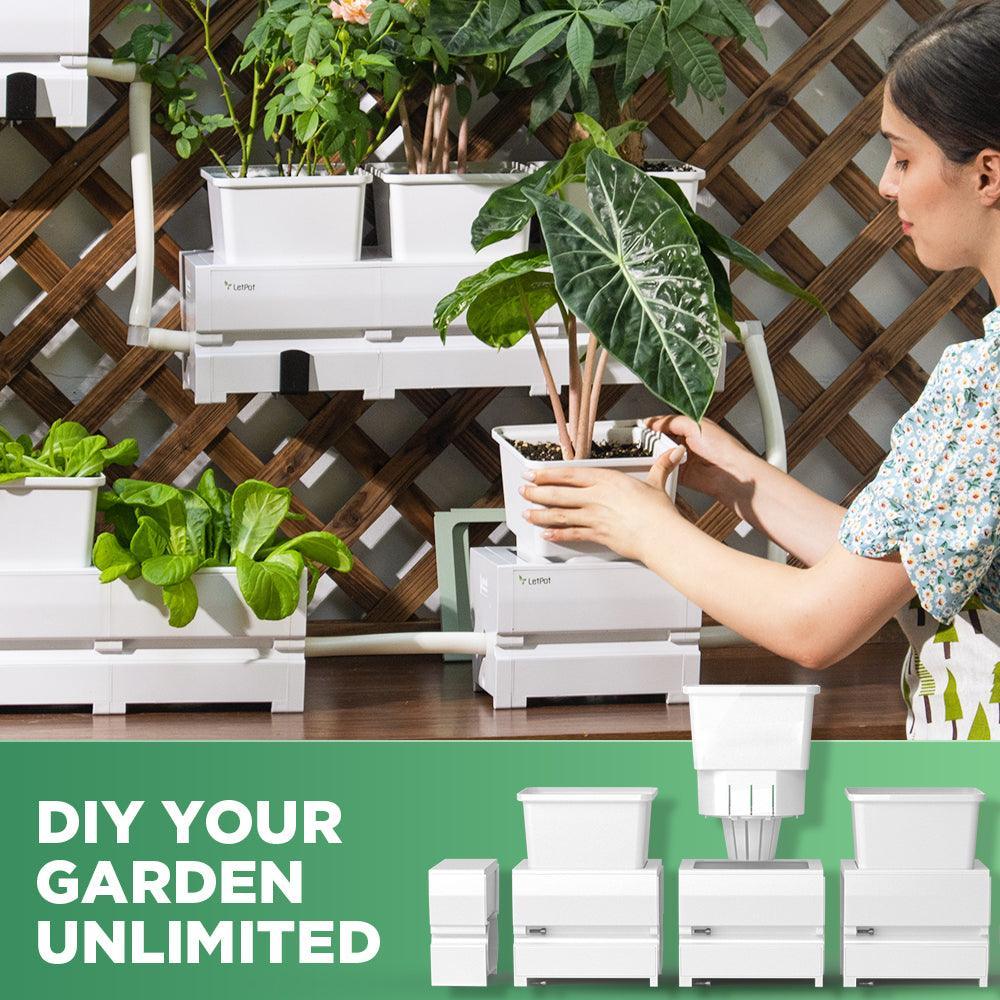
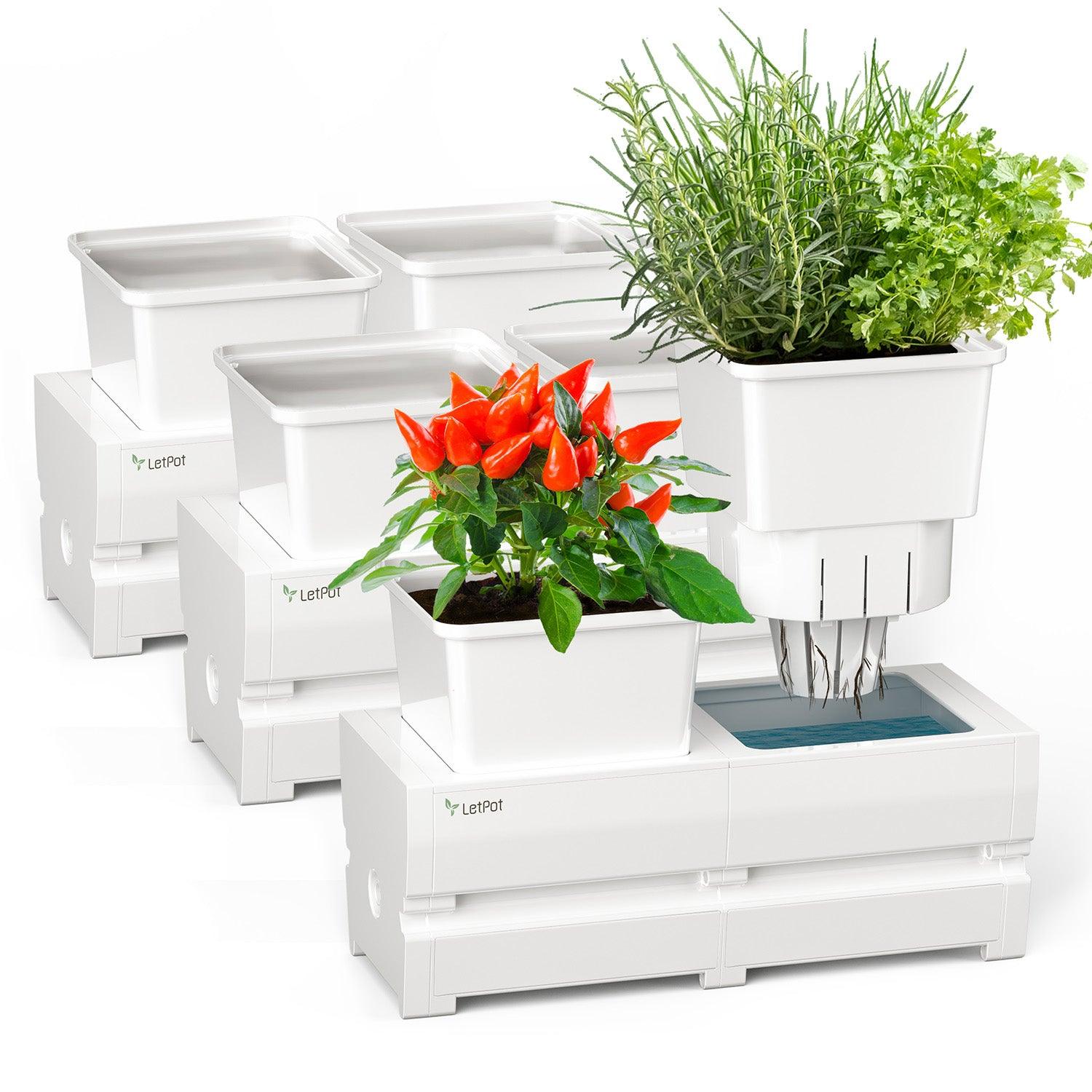


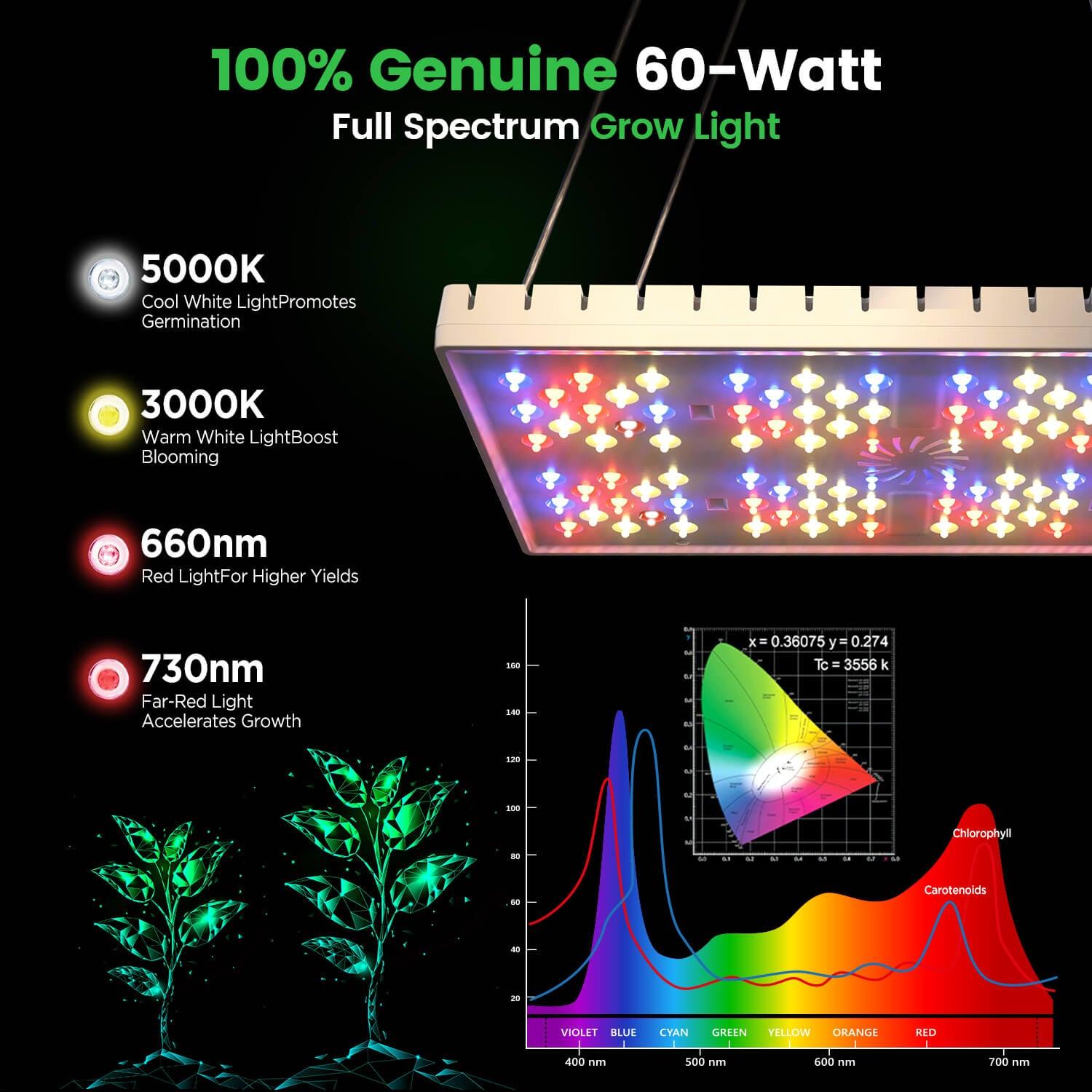
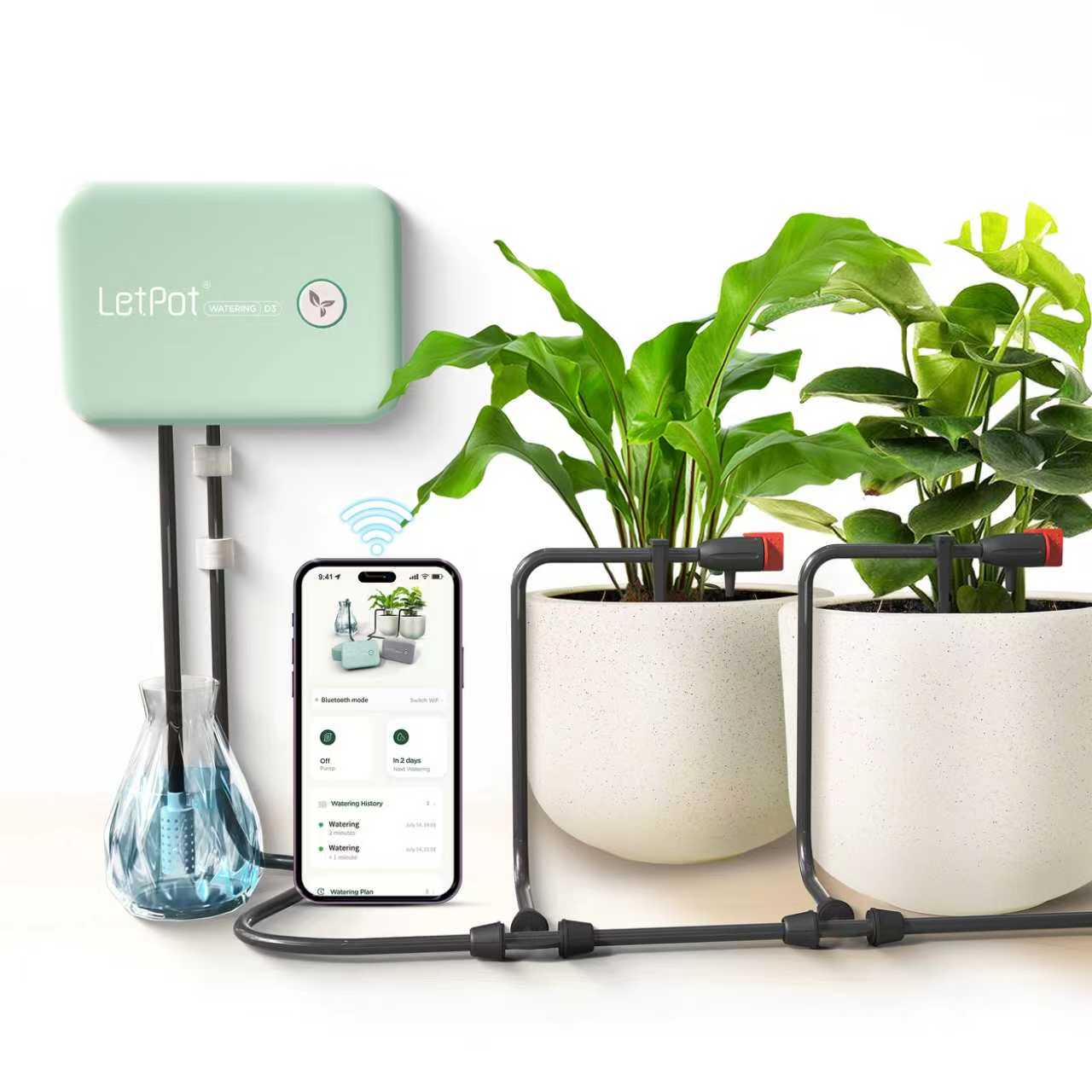

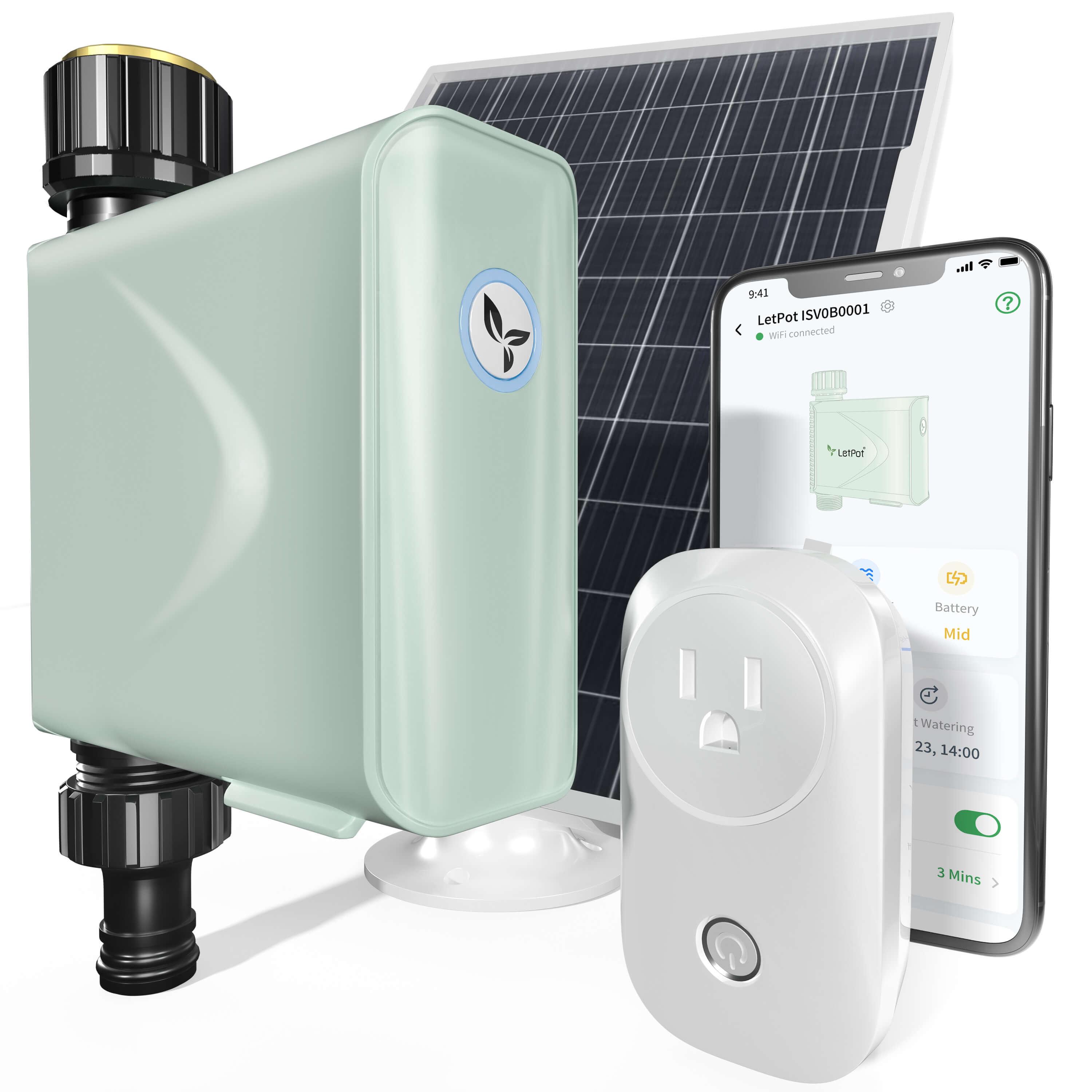
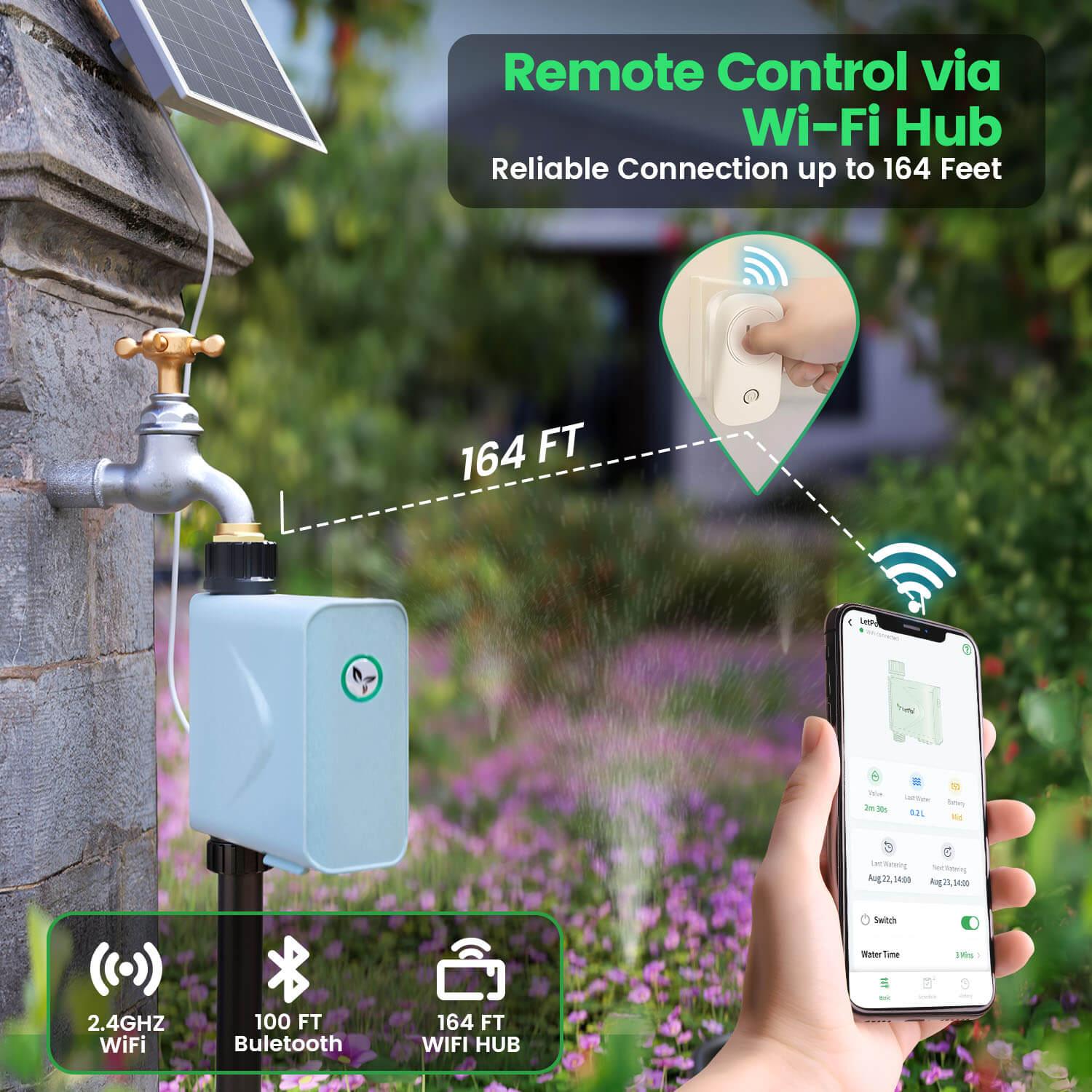

Leave a comment
All comments are moderated before being published.
This site is protected by hCaptcha and the hCaptcha Privacy Policy and Terms of Service apply.